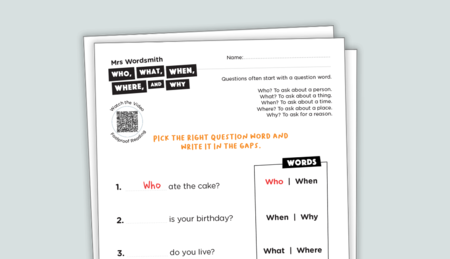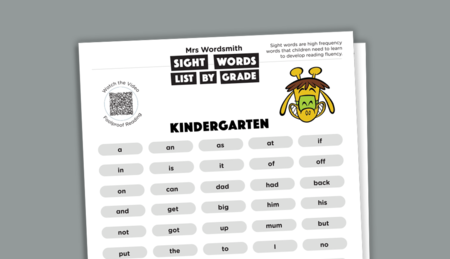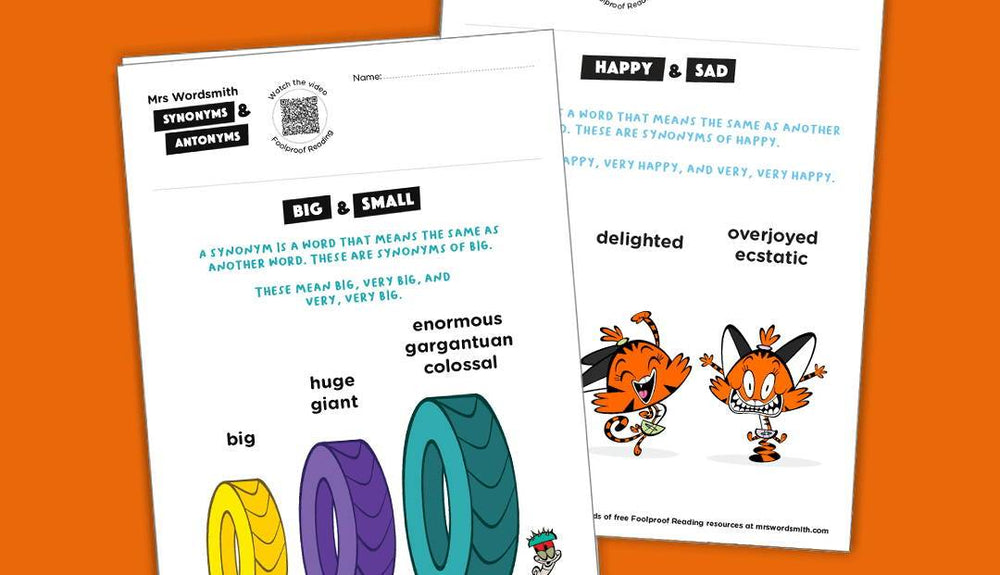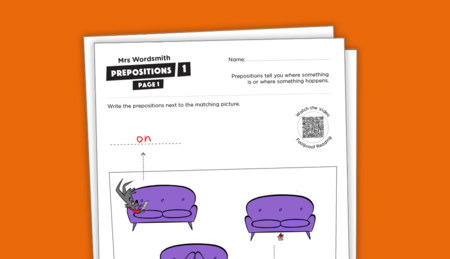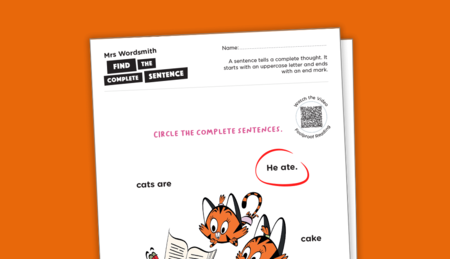What are r-controlled vowels?
An r-controlled vowel is simply a vowel that is followed by an r, like the ar in smart, the ir in girl. The r affects the sound that the vowel makes, turning it into a new sound unlike the long or short version of that same vowel.
Why are r-controlled vowels important?
R-controlled vowels appear in so many words in the English language that it’s hard to even form a sentence without at least one. In fact, 10% of single syllable words contain an r-controlled vowel. This means that many of the short, easy to spell and say words that children learn first are r-controlled, so it is extremely important that they understand how an r-controlled vowel changes the sound and pronunciation of words.
Tips for teaching r-controlled vowels:
- One of the most useful methods to help children understand how adding r changes a vowel sound is to ask them to compare words with and without r-controlled versions of the same vowels. For example, starting with one syllable words, ask children to pronounce words without r, like can, cat, had, tad, and then ask them to pronounce similar words with r, like car, hard, tar. Then ask them if they notice the difference.
- As usual, make sure to follow a systematic approach going from the most to the least common r-controlled vowel. So start with /ar/ (car), followed by /er/, which can be represented with three different graphemes er (monster), ir (bird), or ur (surf). Then move to /or/, which can be spelled as or (fork) or ore (adore).
- Illustrated charts that show the most common r-controlled vowels can help children remember them better. Try our chart with r-controlled vowels below!
How to teach r-controlled vowels
Amelia Mehra
Mon, Jun 12, 23
2 minutes read

Deep Dive
Read our report on the Science of Reading. Research-based reading instruction must incorporate the 5 pillars of reading: phonemic awareness, phonics, fluency, vocabulary, and comprehension. This report provides an easy to understand overview of each of these pillars and explains the important connection between how the brain learns to read (the Neuroscience of Reading) and how we teach children to read (The Science of Reading Instruction). It also explains why helping children build connections between letters and sounds, through phonics and phonemic awareness, is so crucial for the developing reading mind. This report is perfect for sharing with colleagues and friends!Phonics,Phonemic Awareness,Letters and Sounds,Early Reading,ELA K-2,
Explore more on
Related Free Resources

Vowel sounds chart
Amelia Mehra
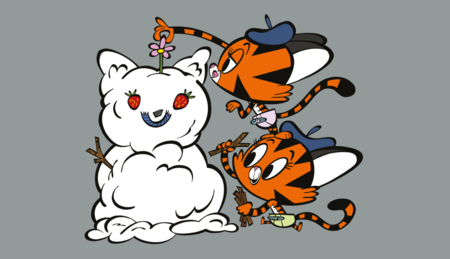
Phonics instruction phase three: more phonics
Amelia Mehra

Phonics instruction phase two: phonics
Amelia Mehra
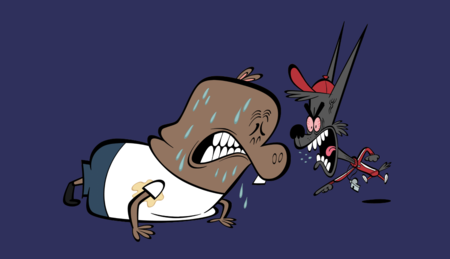
What is phonemic awareness?
Amelia Mehra

What is a phoneme?
Amelia Mehra
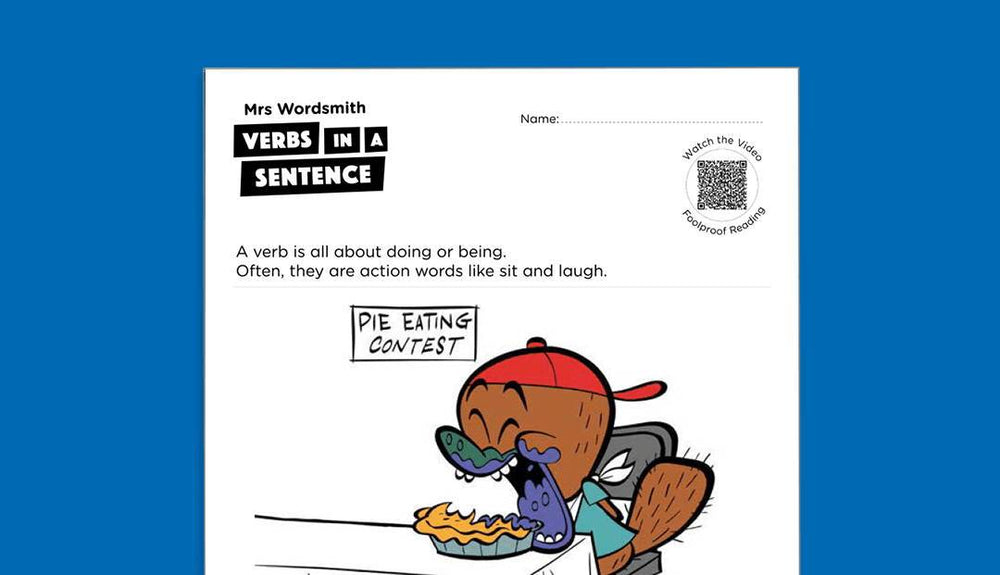
Verbs in a sentence
Amelia Mehra
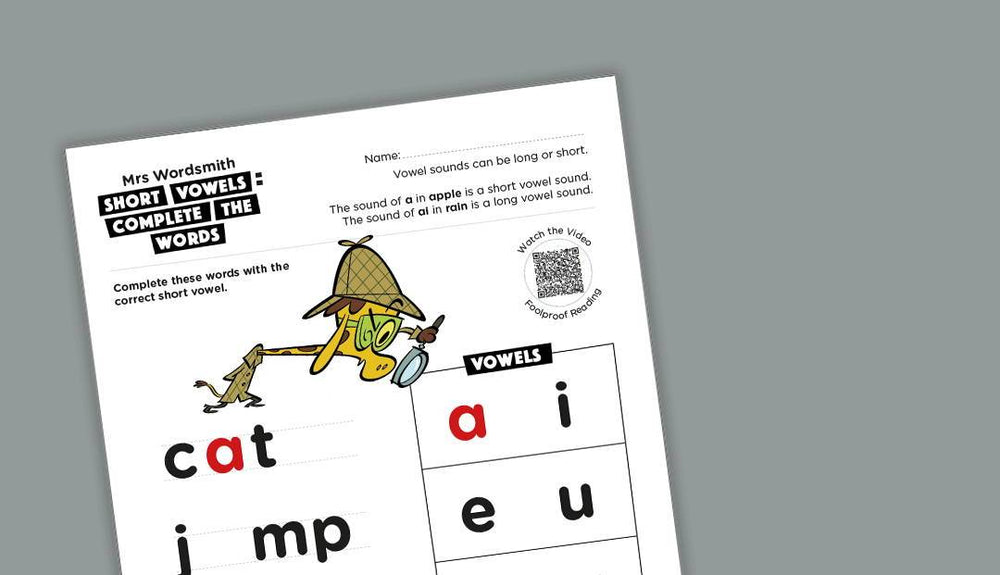
Short vowels: complete the words
Amelia Mehra
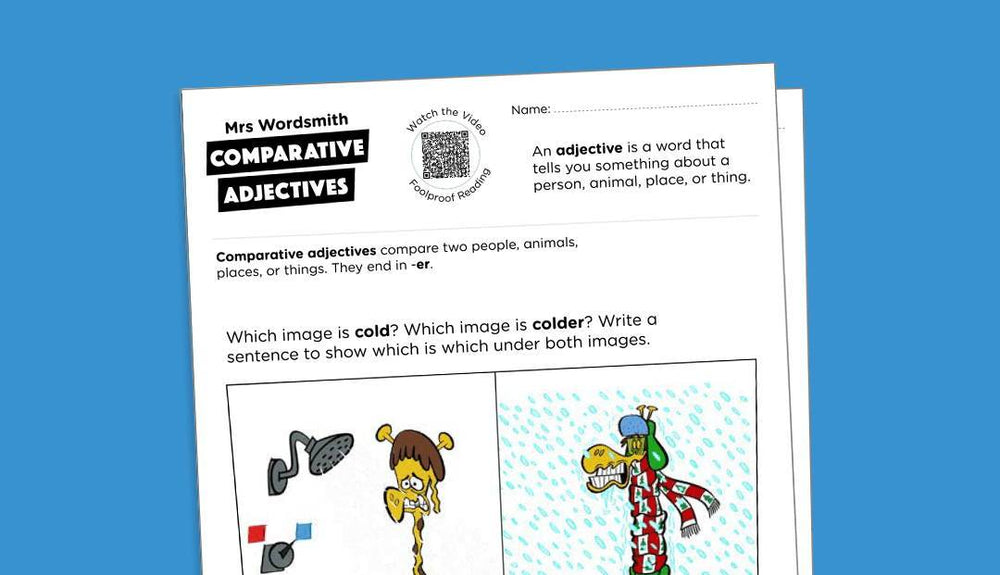
Comparative adjectives
Amelia Mehra
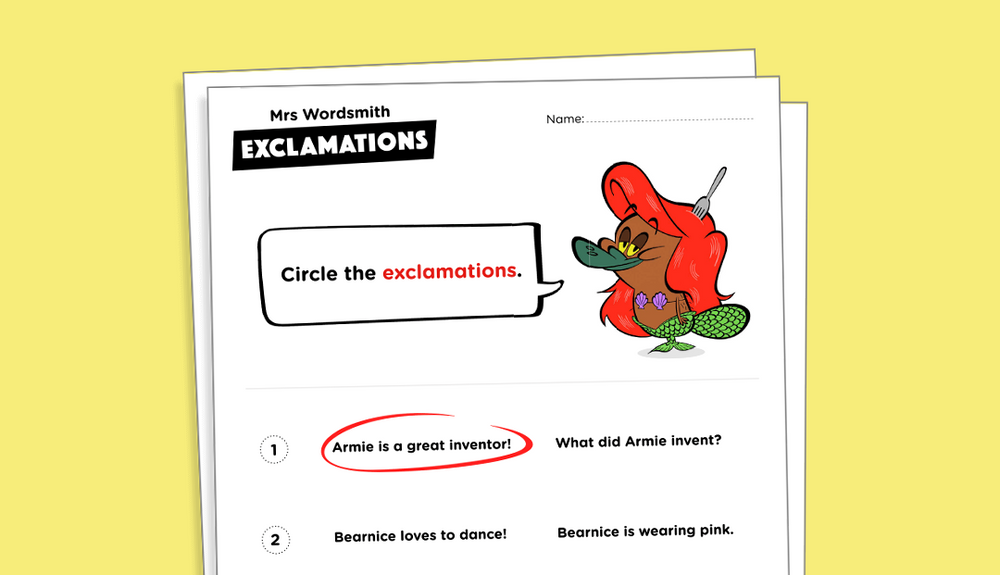
What is an exclamation?
Amelia
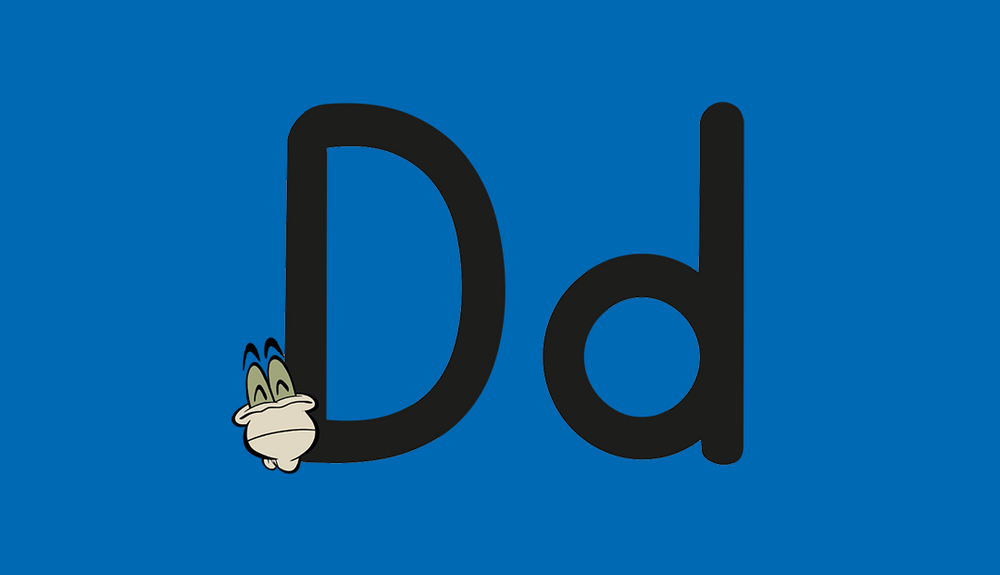
The letter D
Amelia
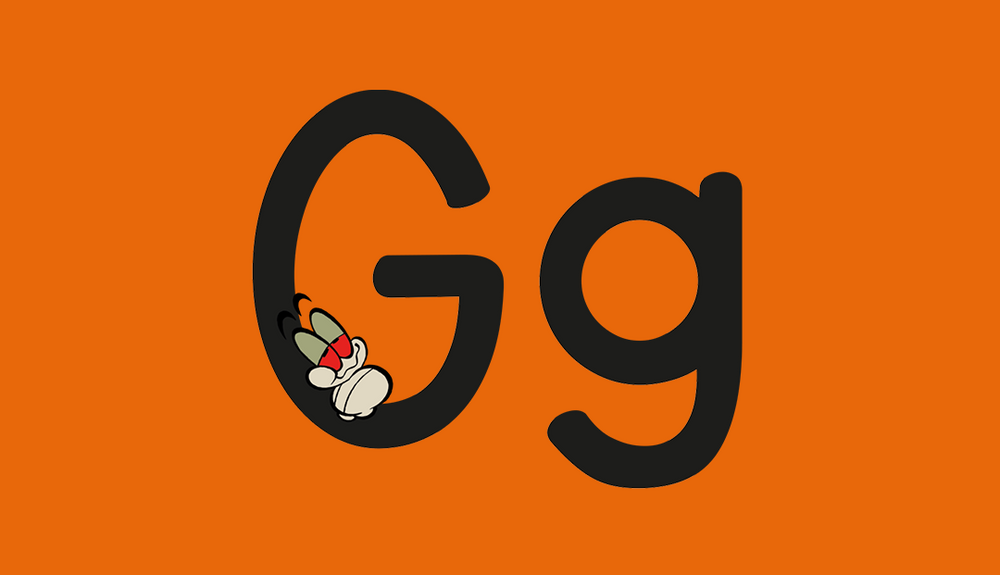
The letter G
Amelia
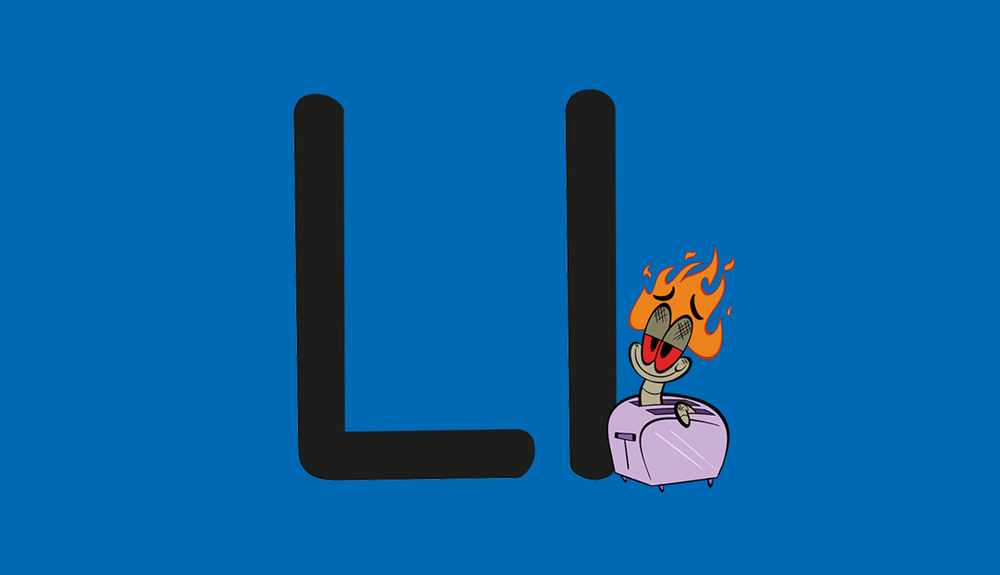
The letter L
Amelia
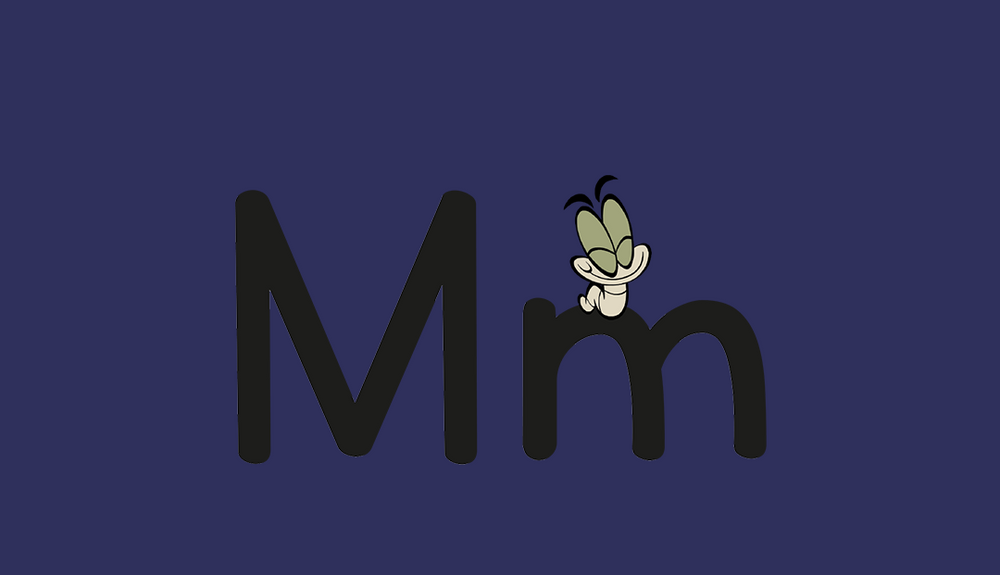
The letter M
Amelia
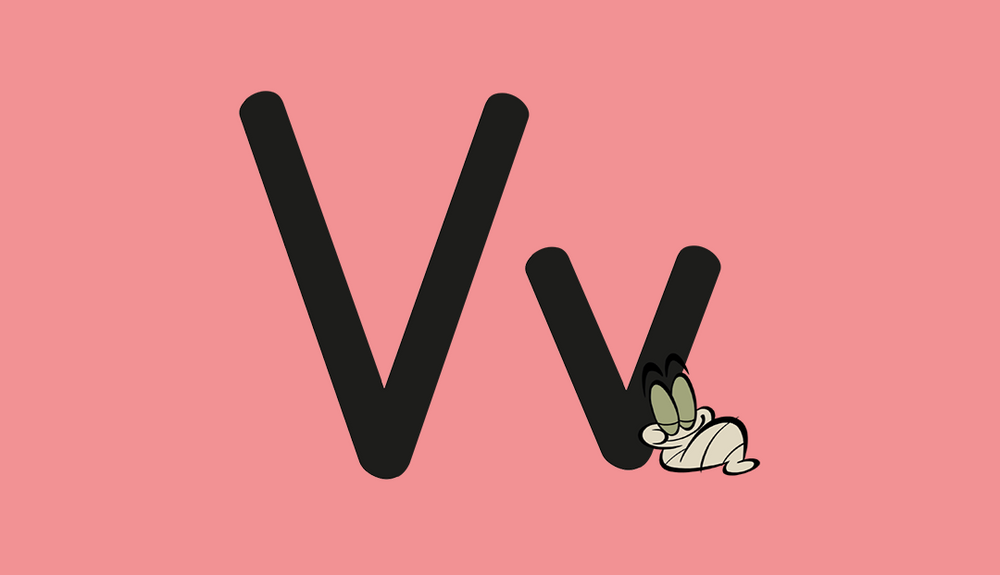
The letter V
Amelia
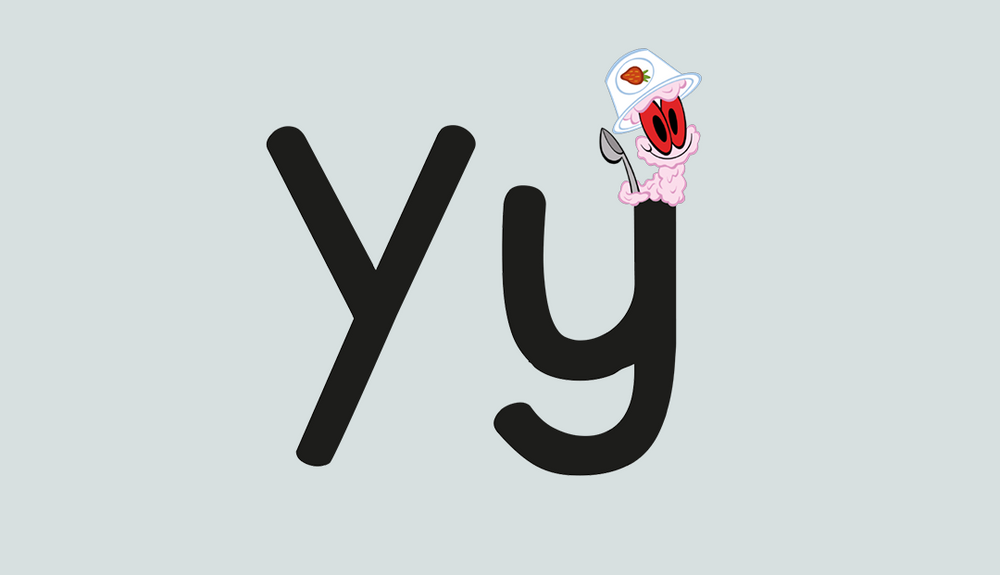
The letter Y
Amelia
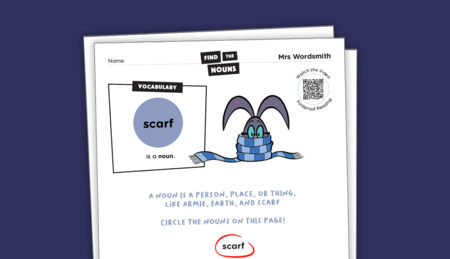
What is a noun?
Amelia
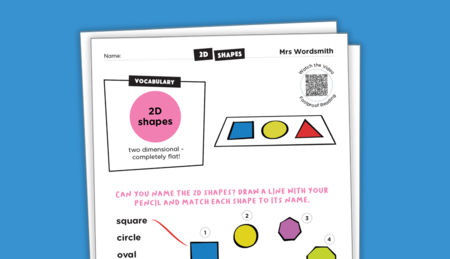
2D shapes
Amelia

Adding up: money
Amelia
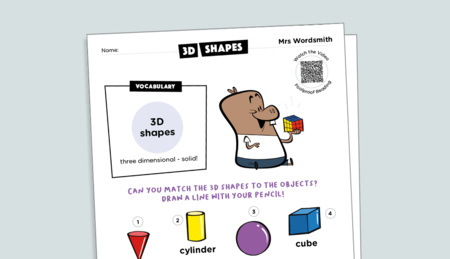
3D shapes
Amelia
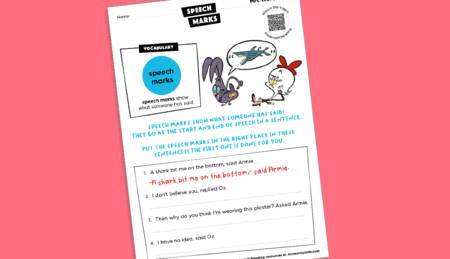
Speech marks
Amelia
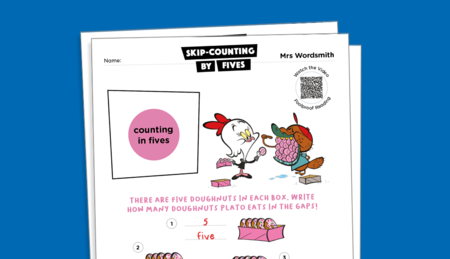
Skip-counting by fives
Amelia
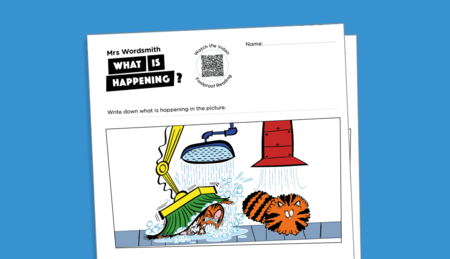
The main idea: part 2
Amelia

What’s the difference between learning the alph...
Amelia Mehra
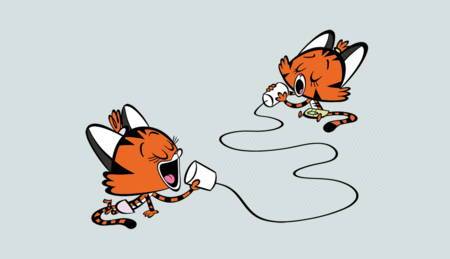
Teaching phonemes
Amelia Mehra
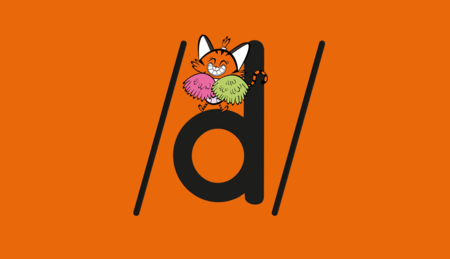
The phoneme /d/
Amelia Mehra
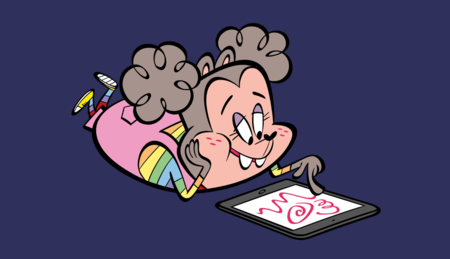
When and how do children learn phonics at school?
Amelia Mehra
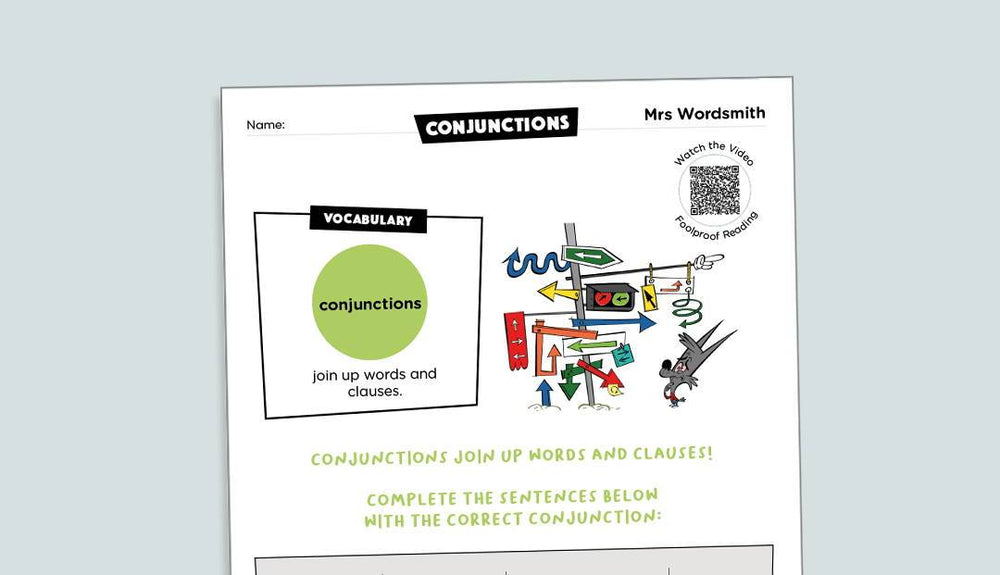
Conjunctions
Amelia Mehra
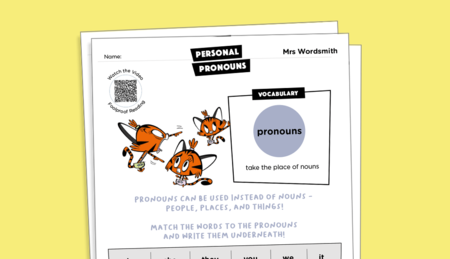
Personal pronouns
Amelia
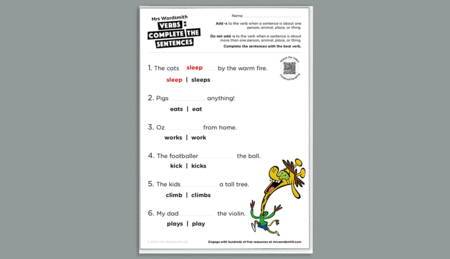
Verbs: complete the sentence
Amelia
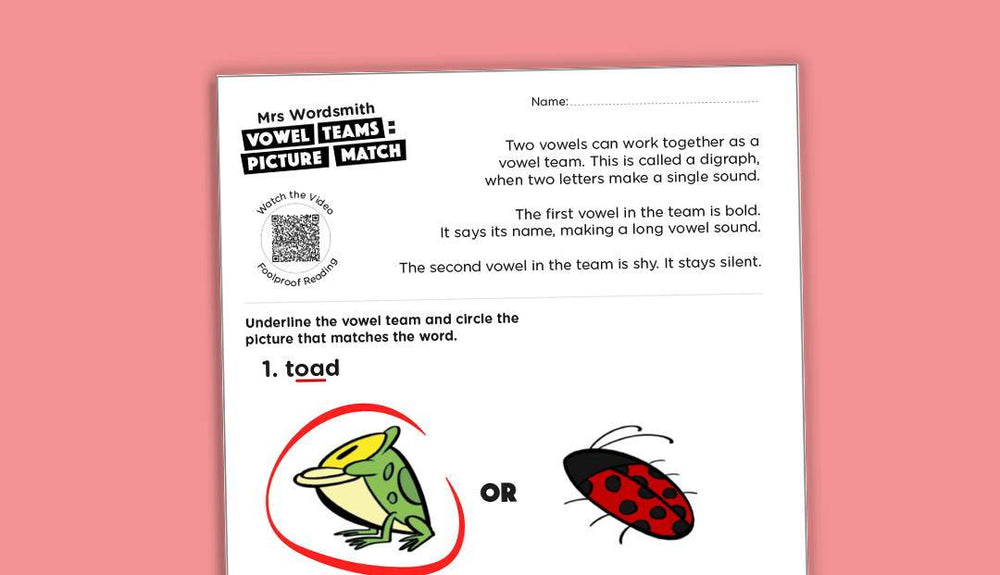
Vowel teams: picture match
Amelia Mehra
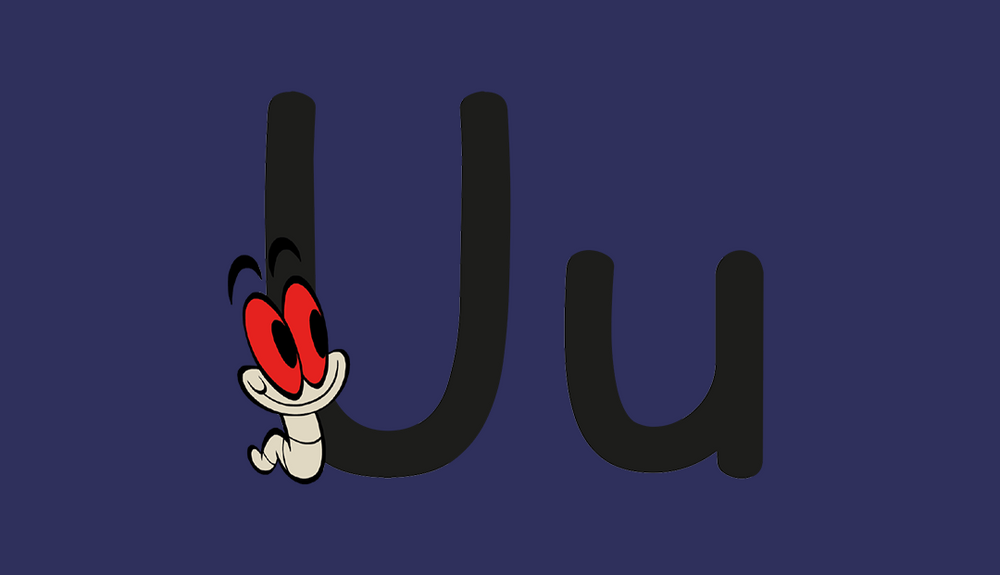
The letter U
Amelia

The letter W
Amelia
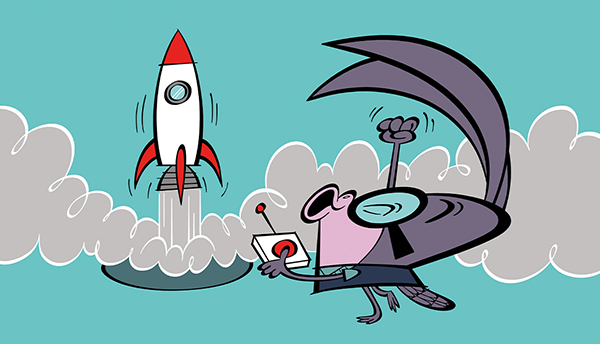
Lesson plan: short vowels
Amelia Mehra

Lesson plan: self and creativity
Amelia Mehra
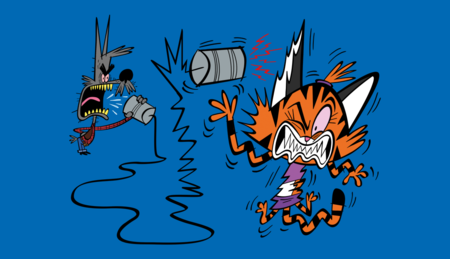
What is phonics?
Amelia Mehra
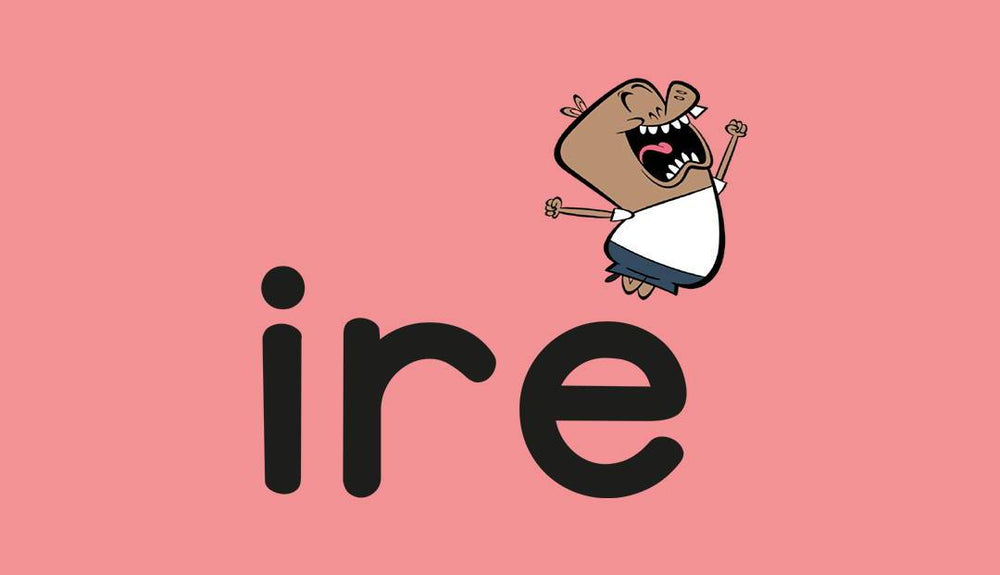
The grapheme ire
Amelia Mehra
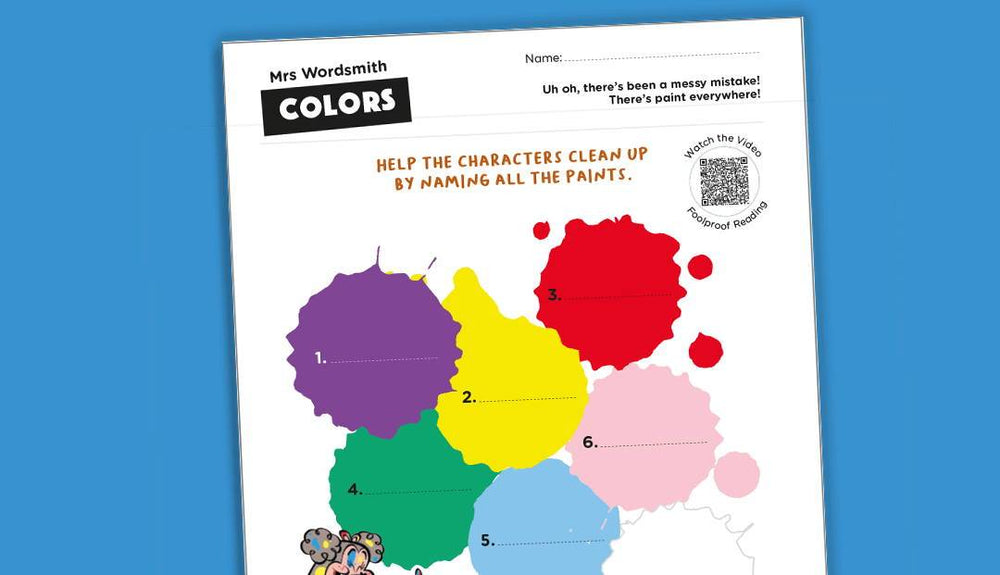
Color words
Amelia Mehra
X


